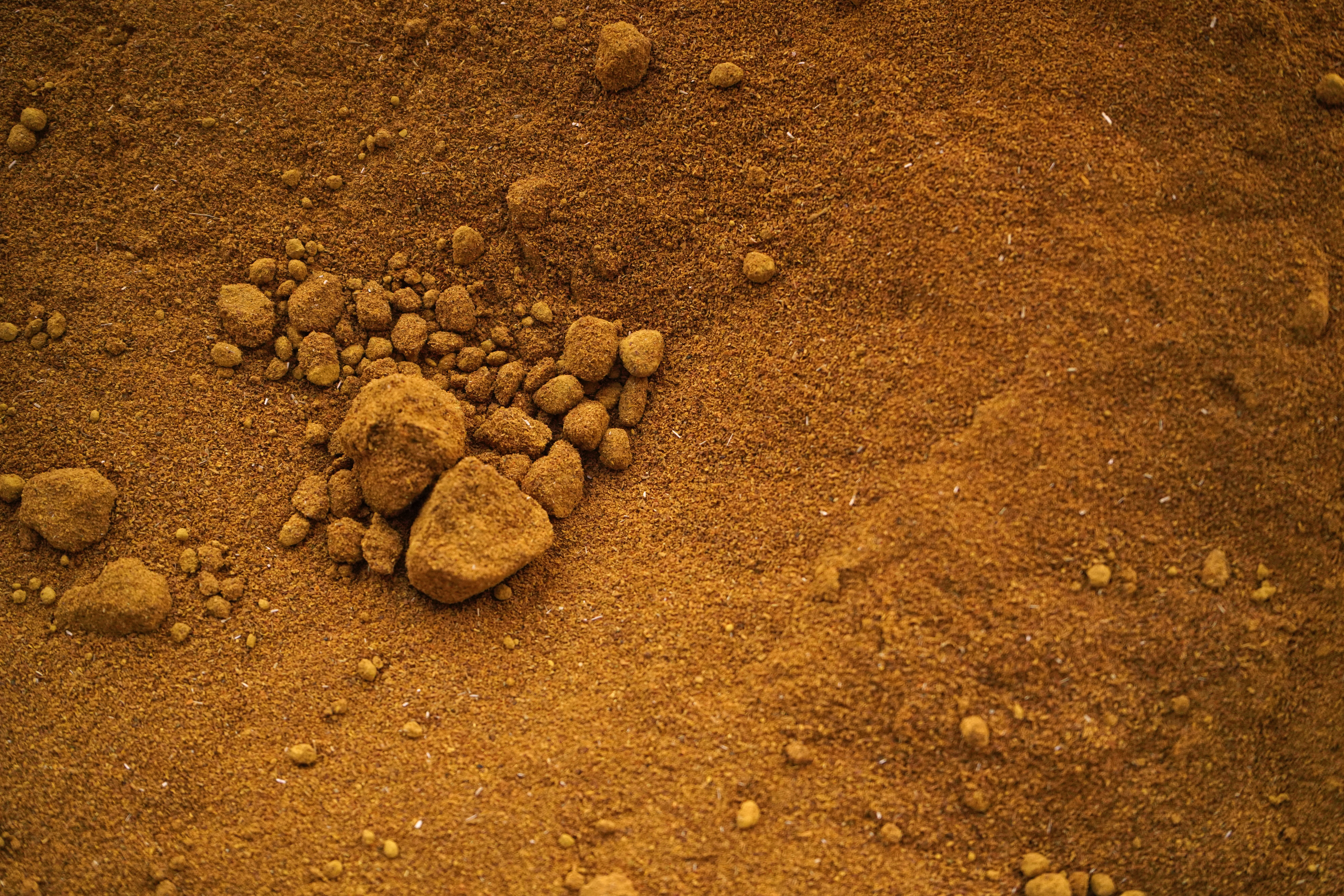

Marigold
lat. Tagetes spp.
€6.00
Out of stock
Marigold flowers (Latin: Tagetes erecta) stand out as one of the most vivid and effortlessly achievable natural dyes. Originating from Central America, these blossoms have played a significant role in diverse cultures, from the Aztecs to India. Beyond their enchanting appearance, marigold flowers are renowned for their exceptional dyeing qualities. Just 50 grams of these vibrant blooms can beautifully color 100 to 400 grams of fiber, depending on the desired shade. Their widespread presence worldwide is a testament not only to their dyeing prowess but also to the cultural significance they hold, particularly in India, where these wonderful flowers have become an integral part of tradition and beauty.
Name: marigold
Latin name: Tagetes spp.
Type: mordant dye
Part of the plant used: petals
Main colorants: various various flavonoids such as quercetagetin, patuletin, etc.
Main colors: yellow
Other colors: honey, mustard, rust, cayenne, moss green
Purpose: natural dye for textiles, leather, wood, candles, and other natural materials. Can be used for making botanical inks, pastels, watercolors, printing paste, etc.
Dyeing with marigolds:
Use 20-40% WOF. You can use less for lighter shades.
Add powdered petals to the dyeing pot filled with water, and stir well.
Raise temperature to 70-80°C and simmer for 30-40 minutes. Let it cool. You may simmer longer for darker colors, such as brown.
Strain through a fine cloth to keep small particles out of the dye bath.
Fibers should be soaked in water for at least 30 minutes before adding to the dye solution. For deepest colors use pre-mordanted fibers.
Add wet fibers to the dye solution and simmer for 40-60 minutes depending on the shade you want. Leave to cool.
For a wider color palette experiment with additional citric acid, cream of tartar, soda ash, or chalk. Color modification in acidic water will bring out brighter orange shades while modification in alkaline solution may bring out brown tones.
To widen your palette even more experiment with additional mordants - iron sulfate or various tannins. Iron and copper sulfates will bring out more green shades.
Here is a more detailed recipe on how to use marigold to achieve a variety of colors.